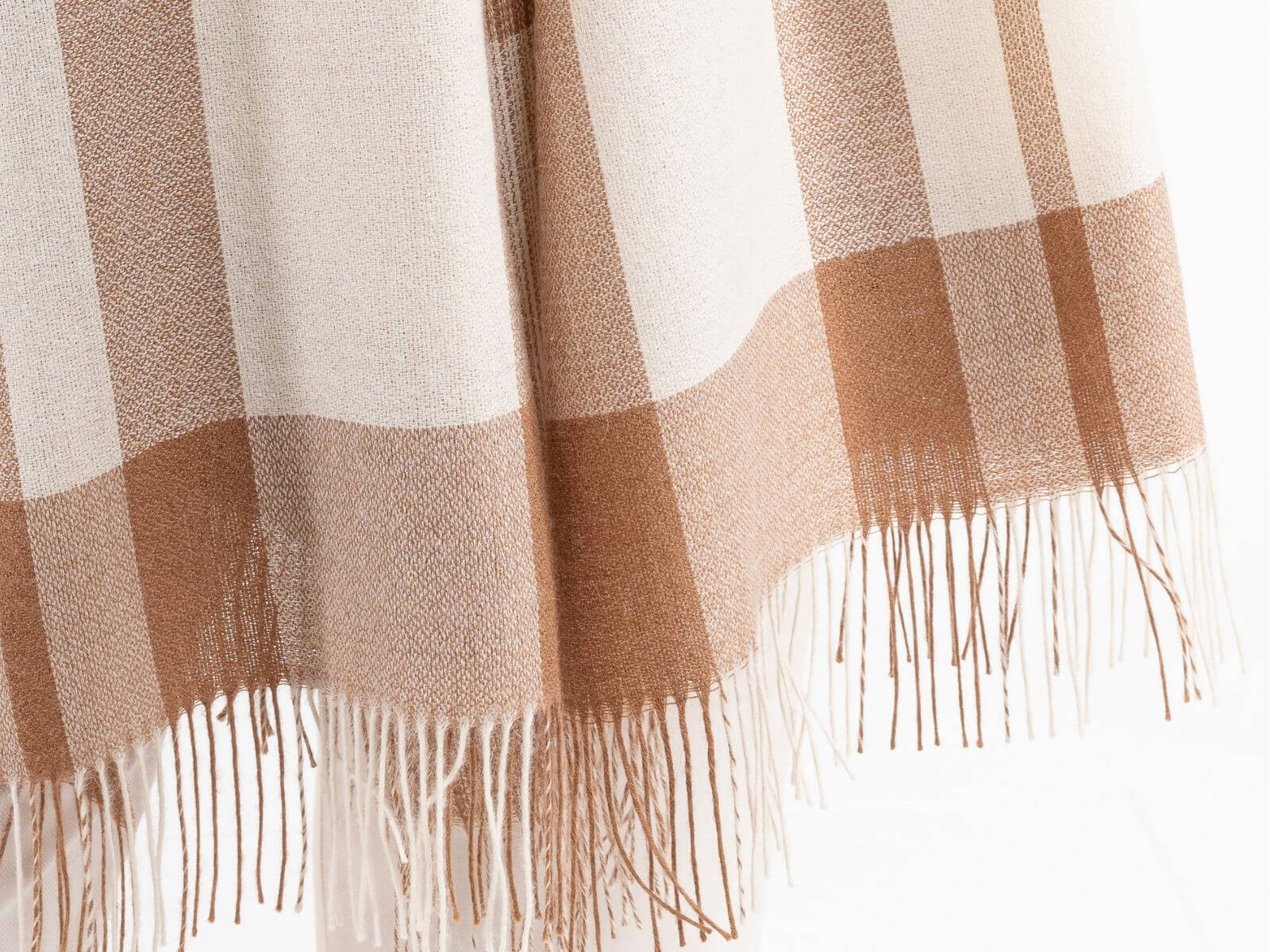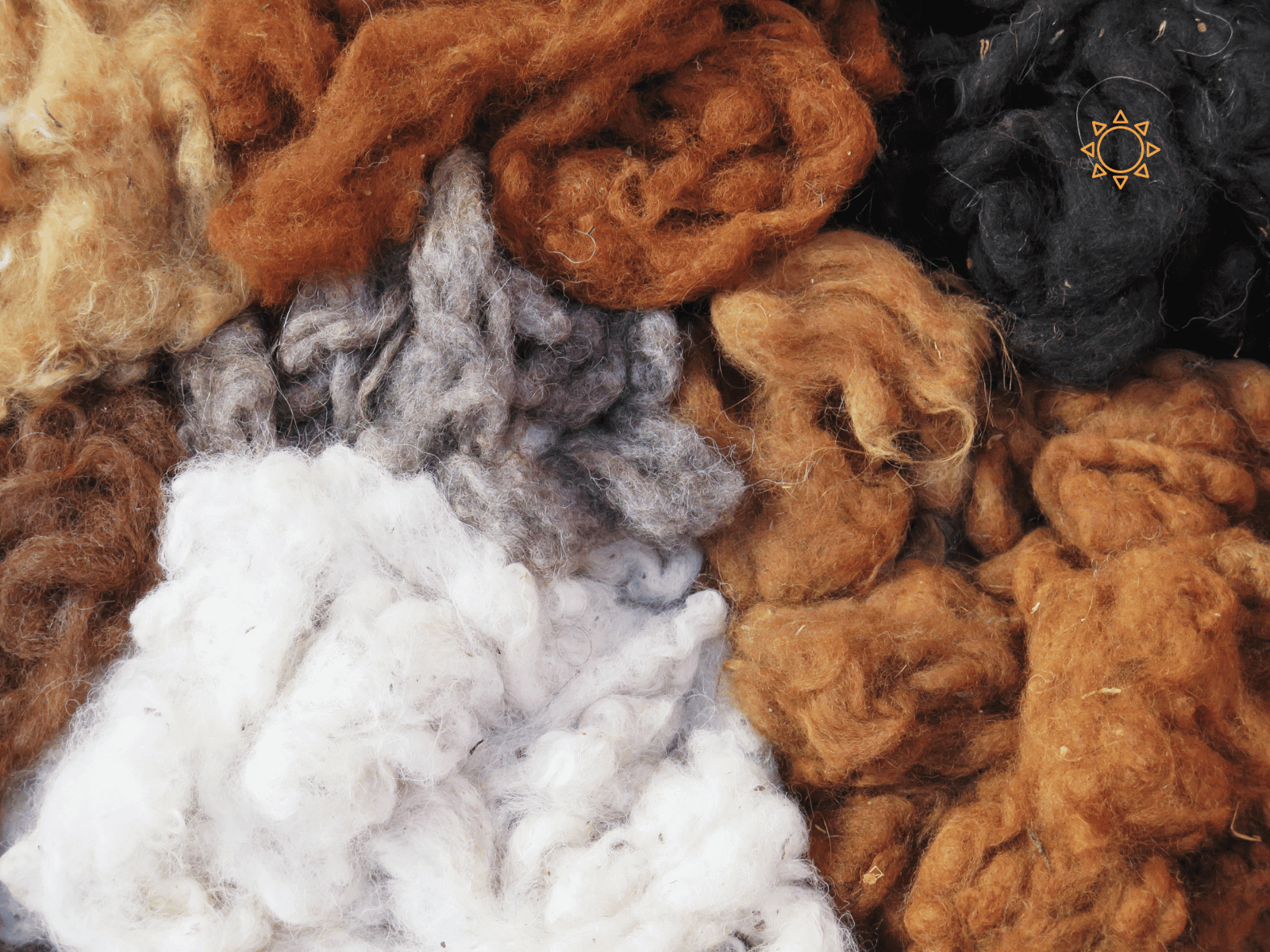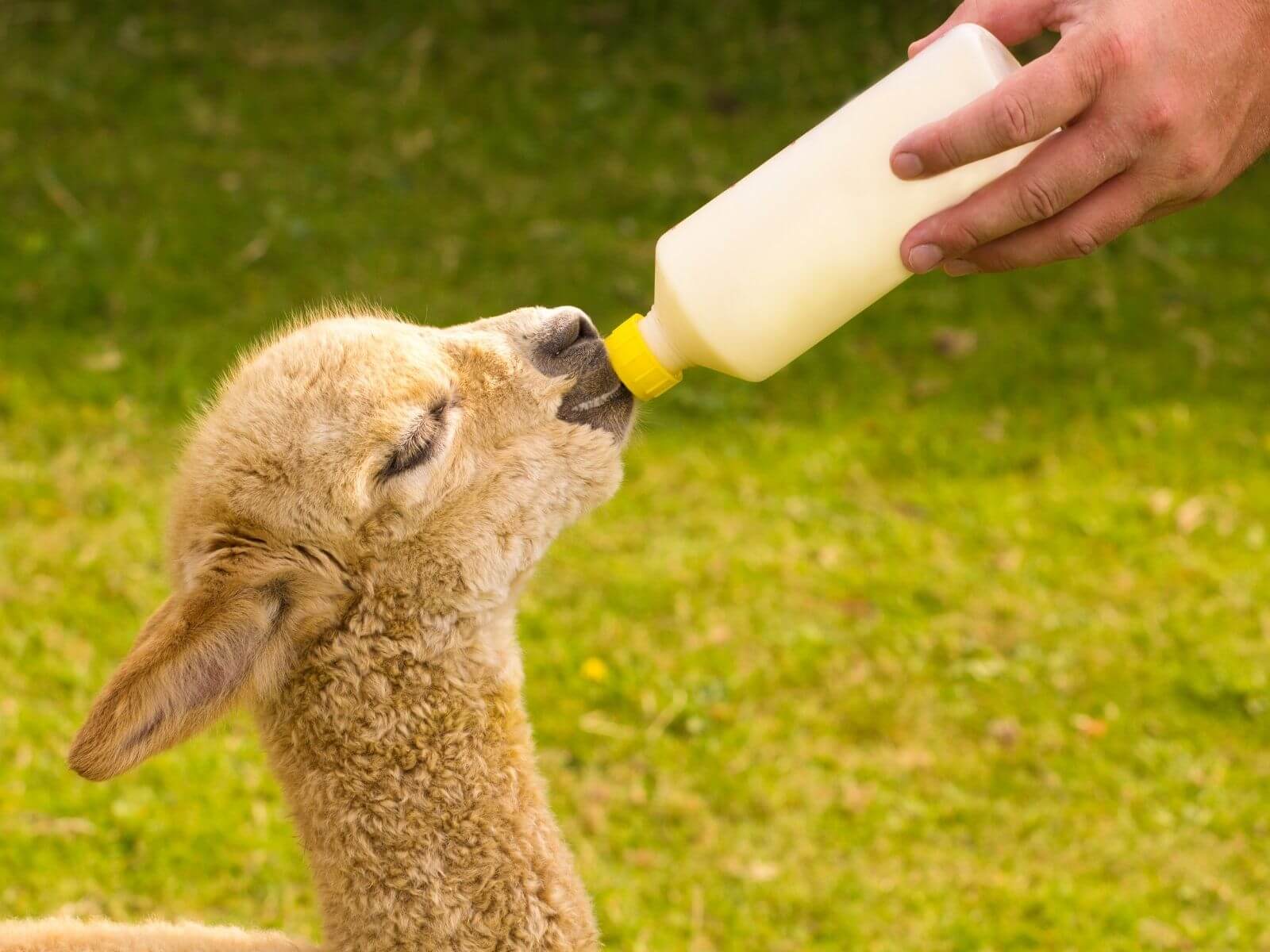
Comparing Baby Alpaca Wool with Other Luxury Fibres
When it comes to luxury fibres, the world of fashion and home decor offers a rich selection of options, each with its own unique characteristics. Among the finest are baby alpaca wool, cashmere, merino wool, and the incredibly rare vicuña. But how do they compare in terms of softness, warmth, durability, and sustainability? Let’s take a closer look at these luxurious fibres and why baby alpaca wool might just be the perfect choice for your wardrobe or home.
Baby Alpaca Wool: The Softest of the Alpacas
Baby alpaca wool is prized for its softness and warmth, with fibres measuring just 18-22 microns in diameter. This makes it comparable to, or even softer than, cashmere. Baby alpaca is not only lightweight but also incredibly warm, making it perfect for garments and home accessories alike, especially in colder seasons.
But what makes baby alpaca wool truly versatile is its ability to regulate temperature, making it just as suitable for spring and summer. The fibre is breathable and moisture-wicking, ensuring that you stay cool and comfortable, even on warmer days. So whether you’re wrapping up on a chilly evening or using a lighter alpaca accessory, it’s a perfect year-round choice.
Another major advantage of baby alpaca wool is its sustainability. Alpacas have a low environmental impact, grazing gently and not uprooting the grass they feed on, which keeps ecosystems intact. Additionally, the wool is harvested without harming the animals, making it a highly ethical fibre choice.
One common misconception about baby alpaca wool is that it refers to the age of the animal. In fact, "baby alpaca" refers to the fineness and quality of the fibres, which come from the softest part of the adult alpaca's fleece. This makes baby alpaca wool incredibly soft and lightweight, perfect for high-end garments and accessories.
Peru is home to around 90% of the world’s alpaca population, making it the leading producer of baby alpaca wool. Thanks to Peru’s unique geography and traditions, the country has developed unmatched expertise in harvesting and processing alpaca wool. This means that when you choose a baby alpaca garment from Orange Inca, you're getting a piece of a tradition rooted in centuries of craftsmanship and a commitment to sustainable, ethical production.

Cashmere: The Classic Luxury Fibre
Cashmere is often considered the epitome of luxury fibres. Known for its ultra-soft texture, cashmere is indeed a luxurious material—but it has its downsides. Cashmere fibres are more delicate than baby alpaca wool, which means cashmere garments are prone to pilling and require more care.
In terms of sustainability, cashmere production has a significantly greater environmental impact compared to alpaca farming. Goats that produce cashmere require large amounts of water and land, and overgrazing in regions where they are raised can lead to land degradation and desertification. It’s estimated that producing just 1 kilogram of cashmere requires over 10,000 liters of water, while alpacas require far less, thanks to their gentle grazing habits and lower water needs.
While cashmere remains a popular choice, baby alpaca wool offers a more durable, eco-friendly alternative, requiring fewer resources to produce and resulting in a lighter environmental footprint.

Merino Wool: Fine but Different
Merino wool, sourced from merino sheep, is another fine fibre known for its softness and breathability. It’s a versatile fibre often used in high-performance clothing for its moisture-wicking properties, making it ideal for activewear. However, merino wool can sometimes cause itchiness, especially for those with sensitive skin, as it is not as hypoallergenic as baby alpaca wool. While finer grades of merino are softer, baby alpaca wool is much more skin-friendly, even for those prone to irritation.
While merino wool offers excellent elasticity and is breathable, it doesn’t quite match the warmth and water resistance of baby alpaca wool, which is naturally water-repellent and has superior insulating properties. This makes baby alpaca the better choice for luxurious outerwear and home accessories, while merino wool’s strength lies in its performance wear for more active lifestyles.
In some cases, merino wool is blended with baby alpaca or cashmere to create a fluffier, softer texture while enhancing the durability and elasticity of the product. However, it’s important to note that at Orange Inca, we only use pure merino wool for specific garments to ensure the finest quality and comfort.
Merino sheep are raised in many parts of the world, including Peru, which has become a significant producer of high-quality merino wool. The country’s unique climate and geography contribute to producing merino wool that is both soft and durable, making it a favorite among textile producers globally.

Vicuña: The Pinnacle of Luxury and Sustainability
For those seeking the absolute pinnacle of luxury, vicuña is truly in a league of its own. Often called the "Gold of the Andes," vicuña fibres measure as fine as 12 microns, making it the softest natural fibre on the planet—even softer than baby alpaca wool and cashmere. This rare fibre is harvested in small quantities from wild vicuñas that primarily live in the highlands of Peru.
The vicuña is a protected species, and its wool can only be sheared once every 2 to 3 years during a traditional event known as the Chaccu, a ritual that dates back to the Incan era. Because vicuñas live in the wild, they cannot be domesticated, which further limits the availability of this extraordinary fibre. This combination of rarity, sustainability, and exceptional softness makes vicuña one of the most exclusive and expensive fibres in the world.
Vicuña wool is not only prized for its extreme softness but also for its incredible sustainability. The animals are carefully protected under strict conservation efforts in Peru, ensuring that the population remains healthy and that the fibre is ethically sourced. Its natural insulation properties make vicuña garments incredibly warm, lightweight, and breathable, ideal for luxury outerwear.
At Orange Inca, we are proud to offer made-to-order vicuña products, adding a new level of exclusivity to our collection. While baby alpaca wool provides accessible luxury with softness and warmth, vicuña takes it to the next level, offering the most sustainable luxury fibre in the world. When you invest in a vicuña piece, you're not just purchasing a garment—you're acquiring a piece of Andean heritage, rooted in centuries-old traditions of ethical and sustainable craftsmanship.

Durability and Practicality
When it comes to durability, baby alpaca wool truly stands out. It resists pilling, holds up well over time, and is easy to care for, making it an ideal choice for those who want a luxury fibre without the hassle of constant upkeep. It strikes the perfect balance between luxury and practicality, making it a versatile choice for everyday use, outerwear, or home accessories.
While cashmere is renowned for its softness, it requires much more delicate care and is prone to pilling. Additionally, cashmere production has raised concerns about its environmental impact. Cashmere goats require significant land and water resources, often leading to overgrazing and land degradation. While it's still a luxurious material, baby alpaca wool provides a more sustainable, durable, and affordable alternative.
On the other hand, vicuña is in a league of its own—often referred to as the "Gold of the Andes." It is the rarest and most exclusive fibre in the world, known for its exceptional softness and incredibly fine fibres. Vicuña wool is incredibly delicate and requires extra care, but for those who can afford it, it’s a true investment in luxury and exclusivity. Vicuña is also one of the most sustainable luxury fibres, with careful conservation practices ensuring the protection of wild vicuñas in Peru.
While baby alpaca offers a more accessible luxury, with remarkable softness and sustainability, vicuña represents the pinnacle of exclusivity. At Orange Inca, we proudly offer both: baby alpaca wool for its durability and versatility, and vicuña for those who seek the ultimate expression of luxury.

Conclusion: Choosing the Right Fibre
When selecting a luxury fibre, it's essential to consider not only the softness and warmth but also the durability, sustainability, and practicality of your choice. Baby alpaca wool offers an exceptional balance of luxury and versatility, combining softness, warmth, and durability with a strong focus on sustainable and ethical practices. For those seeking the ultimate indulgence, vicuña provides unmatched exclusivity and luxury, representing the pinnacle of refinement and sustainability.
Whether you're drawn to the affordable luxury of baby alpaca or the rare elegance of vicuña, both fibres offer a unique experience, bringing warmth, beauty, and craftsmanship into your wardrobe or home. At Orange Inca, we’re proud to offer these incredible fibres, allowing you to choose a piece of Andean heritage that fits your lifestyle and values.
For a deeper dive into the benefits of baby alpaca wool, check out our Ultimate Guide to Baby Alpaca Wool.



Leave a comment
This site is protected by hCaptcha and the hCaptcha Privacy Policy and Terms of Service apply.